Today I will show you how to prepare wht Pioneer Woman slow cooker swiss steak recipe in just “a few” minutes!
According to cookbooks, Swiss steaks have been cooked since the 1930s. They have nothing to do with Switzerland but rather the way the meat is prepared. It’s not just a patty but a real steak that’s been slow-cooked with tomatoes and plenty of onions.
Swiss steaks are typically made from beef arm or bottom round. These sections are notoriously chewy, so they must be tenderized, braised, and cooked slowly. They are frequently baked in a foil-lined pan in the oven.
How long to slow cook the Pioneer Woman Swiss steak?
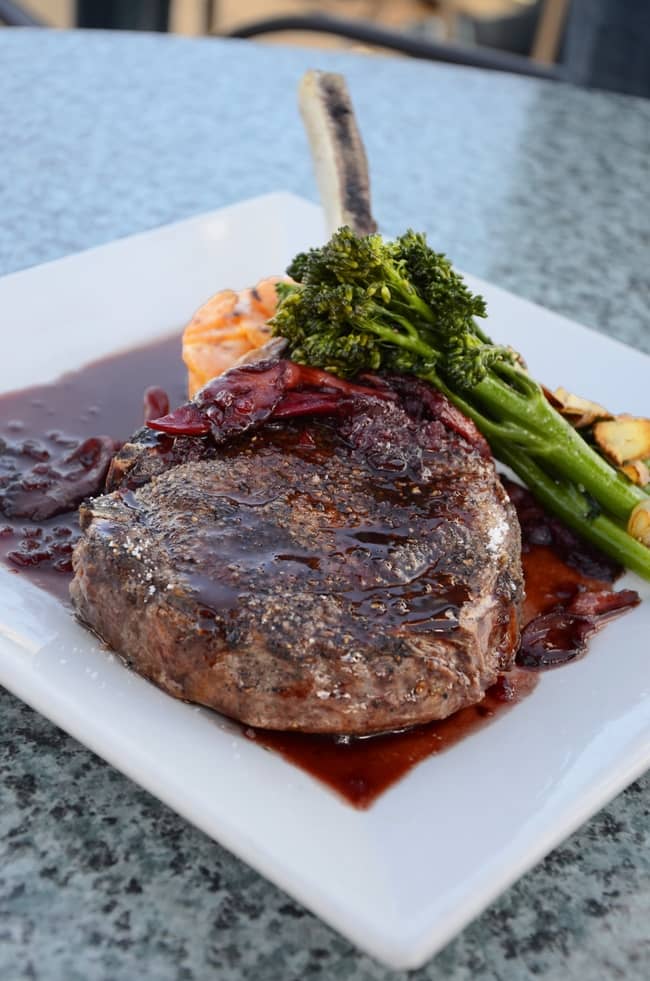
Slow cooking a sturdy steak takes a lot more time than simply searing it. Usually, it takes around 50–90 minutes, depending on the size of the meat.
These are very tough cuts that have to be tenderized with a so-called swissing machine or manually with a tenderizing mallet.
They’re usually sold in supermarkets packed and tenderized, making them easier to prepare. When you buy from a butcher, they can do it for you. Usually, round steaks are tough enough to be slow-cooked. After 50–90 minutes, the meat turns brown, crisp on the outside but tender on the inside.
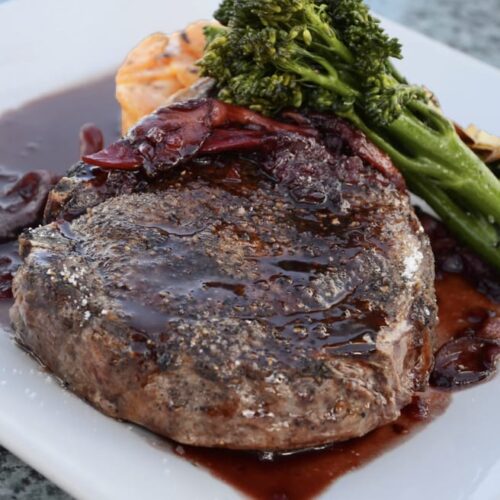
Slow Cooker Swiss Steak Pioneer Woman
Ingredients
- 2 pounds Beef bottom round
- 1 tbsp Black pepper, ground
- ½ cup All-purpose flour
- 1 tbsp Salt
- 1 stick Unsalted butter
- 5 tbsp Olive oil
- 1 Large white onion (finely chopped)
- 3 Cloves of minced garlic
- 2 Celery stalks, chopped
- 8 tbsp Tomato paste
- 5 Sundried tomatoes (chopped)
- 1 tbsp Smoked paprika
- 1 tbsp Worcestershire sauce
- 1 cup Beef broth
Instructions
- Preheat the oven to 325 degrees Fahrenheit.
- Cut the Swiss steak to ½ inch thick, preferably along with the grain. Sprinkle it with salt and pepper generously. Dredge the steak with flour, making sure it gets everywhere evenly.
- If you have to tenderize the meat, use a tenderizing mallet manually. If you happened to buy it already tenderized, it’s time to sear the meat on high heat for a few short minutes to keep in the moisture.
- Take an iron skillet or pan, add some butter or olive oil, and sear each side on high heat for 1-2 minutes.
- If you prefer to use butter, it’s best to brown it before adding it to the meat to sear it. Brown butter caramelizes meats, adding so much depth of flavor. Set the slices aside on a plate.
- Add the diced onions, garlic, celery, and the remaining butter and olive oil. Glaze them in the fat until they are shiny and slightly soft, over medium-high heat for a few minutes.
- Now it’s time to add the tomato paste, smoked paprika, Worcestershire sauce, broth, and sundried tomatoes. Stir them well, and place the meat back into the pan, merging it with the mixture.
- Cover a baking pan with foil, and transfer the sauce-covered swiss steak to the pan.
- Place it in the middle of the preheated oven, covering it with foil. Bake it for an hour until the meat starts to fall apart.
- Serve it with your favorite side dishes.
What is the best temperature to slow cook this steak?
There are more ways to make Swiss steak; bake in the oven or throw everything in a slow cooker. Both ways, the best temperature is around 325 degrees Fahrenheit.
You should not bake them at a higher temperature to allow the meat to tenderize. It must be browned, which takes about an hour and a half. It may take up to 2 hours to completely slow cook the larger chunks.
How do I know when the Swiss steak is done?
A regular-sized swiss steak takes about an hour to cook in the oven and about 1.5–2 hours in a slow cooker. When the meat falls apart easily and is charred all over, it’s time to call it a day.
It’s good to test it with a knife and fork to see if it slices readily and is soft enough. Swiss steaks must be brown, seared, and dark on the outside. Because the sauce is boiling, it is bubbling. Aside from these indicators of doneness, there is no need to use a thermometer.
Can I use frozen steaks?
While frozen meat is a viable choice, remember that fresh meat from the butcher is always better. You may be wondering how restaurants freeze their meats all the time and you don’t notice a difference.
They most likely use professional industrial equipment that does not crystallize the flesh, affecting its structure. However, this is not true for standard household freezers.
When you have to cook a swiss steak straight from the freezer, do your best to minimize the damage. Thaw the meat as slowly as possible, keeping it in an airtight container in the fridge for about 24 hours.
It’s critical to keep them closed so that they don’t contaminate the other foods in the fridge and the aromas don’t get into the meat and dry it out.
When cooking straight from the freezer, add approximately 30–40% more to the cooking time. Besides thawing slowly in the fridge, you might have forgotten to prepare the meat ahead of time and have to thaw it fast. In that case, bathe it in lukewarm water for 2 hours.
Can I use any type of steak?
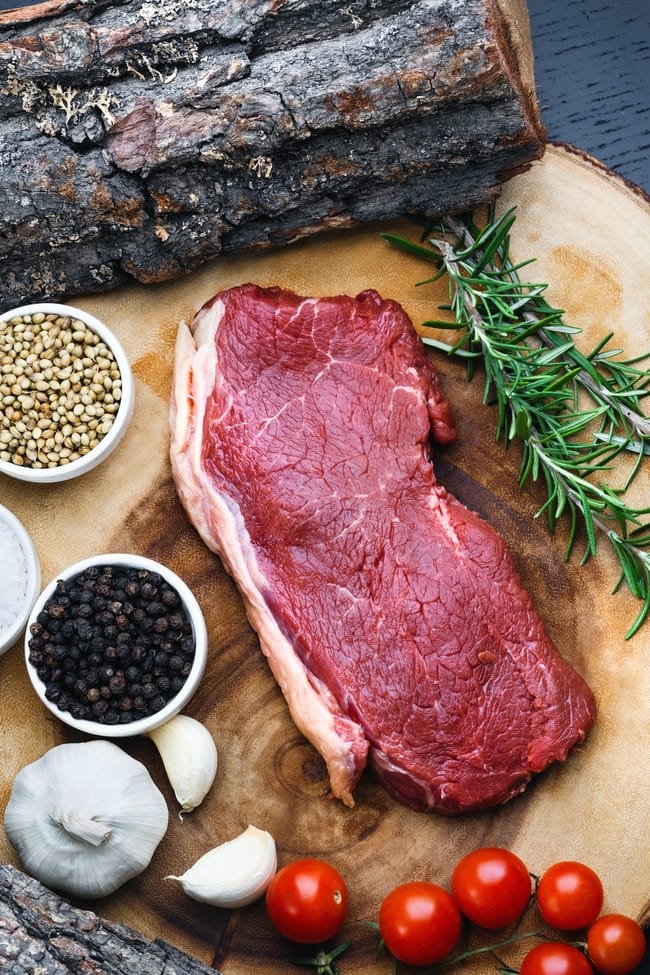
Swiss steaks are made from tough, difficult-to-tenderize pieces of meat. That is why a “swissing” tenderizing process, as well as gradual cooking, is used.
When slow cooking regular, not tough meat, it falls apart, overcooks, and becomes unenjoyable.
This explains why only certain types of meat are suitable for a Swiss steak. Reducing the cooking time drastically makes it viable to cook more tender steak meats this way, with the same rich set of ingredients. Searing the meat beforehand quickly is just as crucial, if not more, with more tender meats.
Swiss steak is made with thick and tough top-round or bottom-round steak slices that are tenderized, braised, sauced, and slow-baked to superior tenderness. It’s a cheap course but filling, full of flavors, textures, and juices coming together.
Tips and tricks for a better recipe
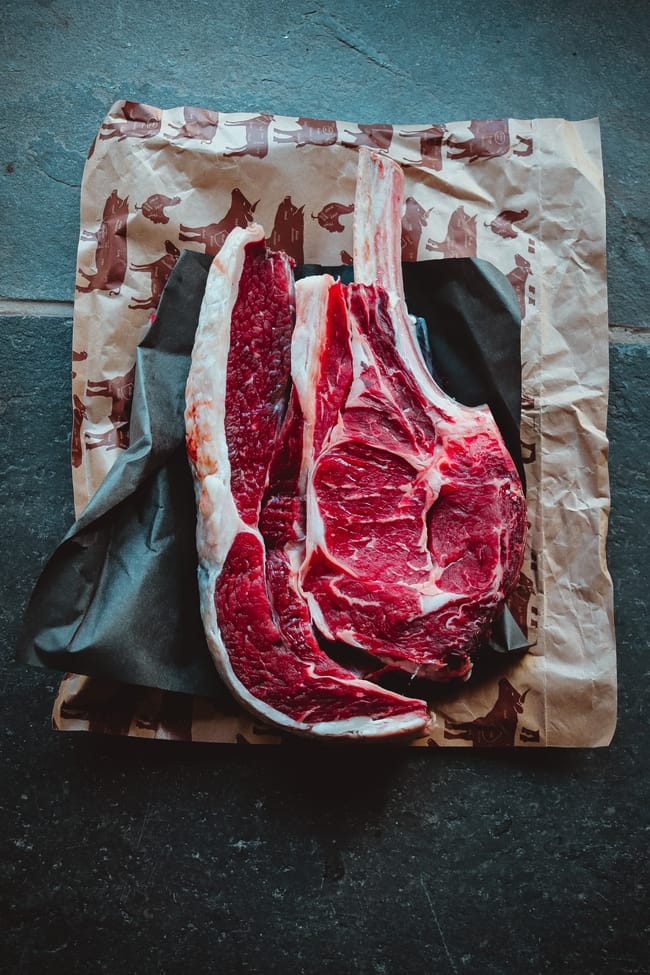
Searing the sides first protects the juices that would otherwise escape the meat. The best option is to use butter or high-heat-resistant palm oil. Because virgin olive oil is not heat resistant, it should never be used when cooking on high heat.
Tomatoes are always part of a classic Swiss steak, but adding some sundried tomatoes can add another layer of flavor.
Bay leaves go great with anything tomato-y, so adding some to the glazing sauce can enhance the seasoning. Flour is great for creating a fine crust on the steak and also thickening the sauce. Besides flour, cornstarch can get you the same results as bamboo flour.
Some people like their sauces hot; jalapenos, chili flakes, or cayenne pepper can all do the trick. Throwing everything in the slow cooker can save you lots of active labor.
Final Words
Selecting sides to complete a meal is just as important as how you prepare the individual ingredients. They have to complement each other, bringing out the best in each and every spice, meat, and vegetable.
Swiss steak is a home-cooked, filling, and very hearty meal. Making anything taste good is usually about balance. It is mainly a balance of components such as acids, savory elements, sweetness, and sourness.
Tomatoes are acidic in taste. It’s good to add caramelized carrots or green beans with butter and glaze as a side dish. Sticky rice nicely absorbs the sauce from a steak.
Caramelized and glazed sweet potatoes baked with maple syrup, wild thyme, and rosemary are probably the best sides for this course.
So, do you already know how to slow cook the Pioneer Woman Swiss steak in just “a few” minutes? Please, feel free to leave your comments below!
Interesting recipes:


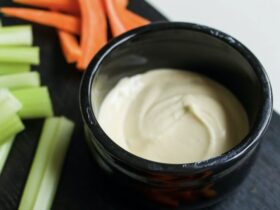
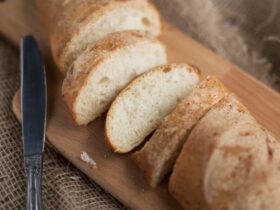
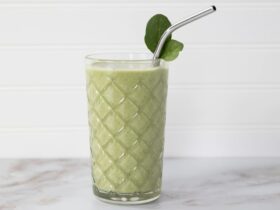
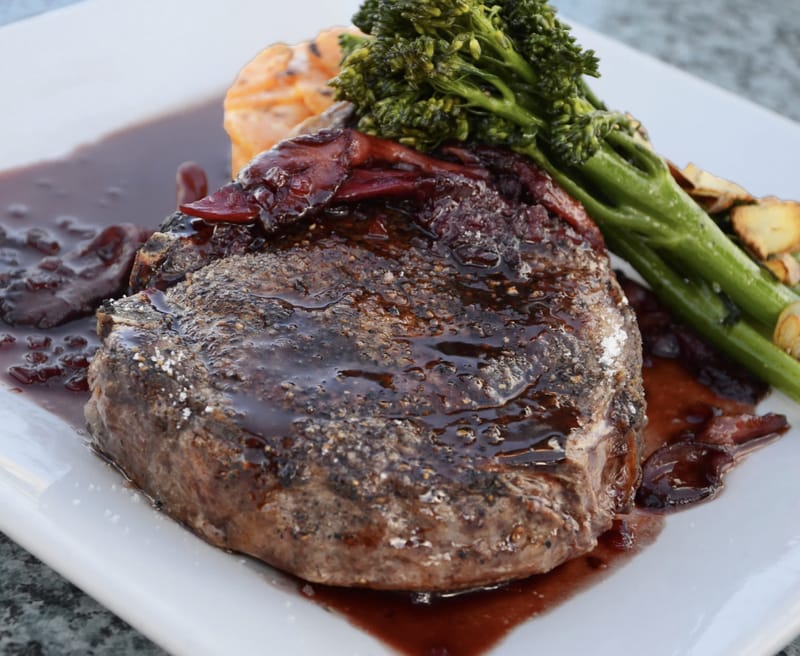
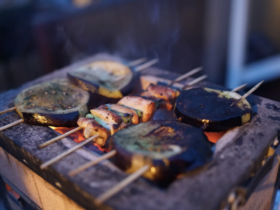
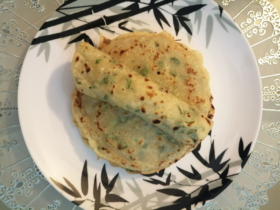
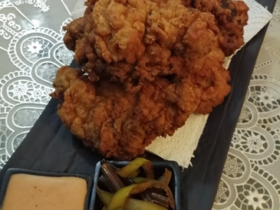
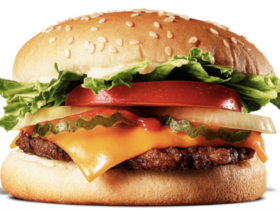
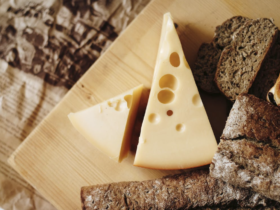
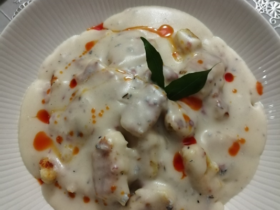
Leave a Reply